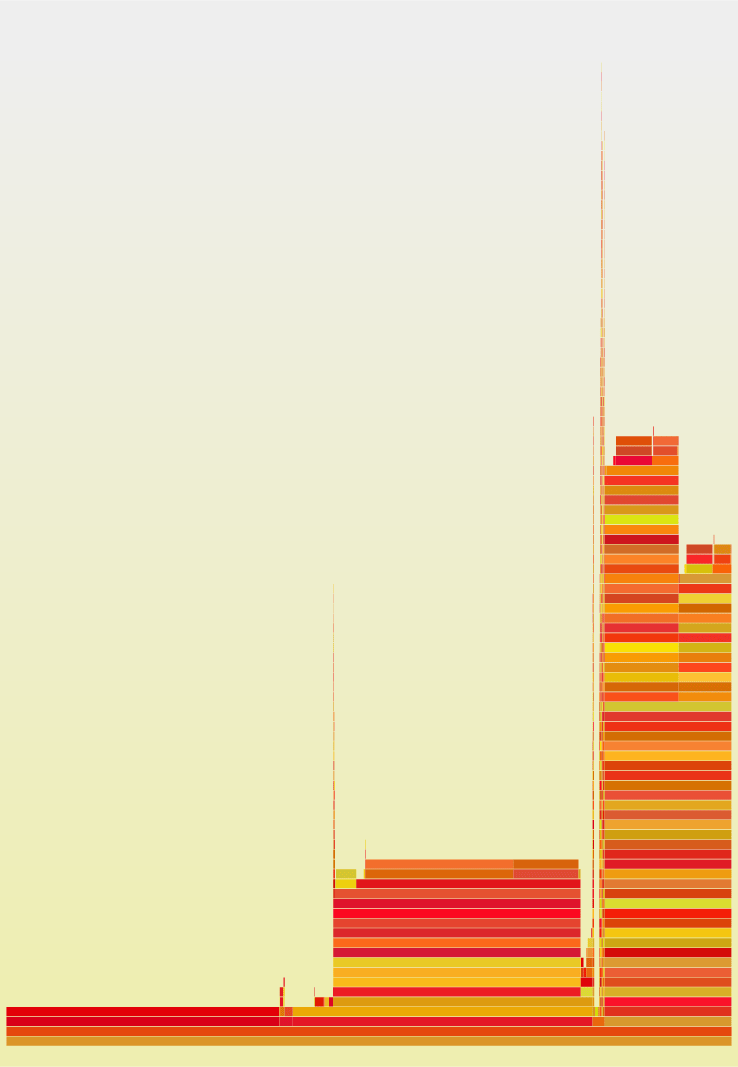6 releases
| 0.2.0 | Feb 19, 2023 |
|---|---|
| 0.1.3 | Jan 21, 2023 |
| 0.0.0-pre-release0.0 | Jan 16, 2023 |
#1273 in Concurrency
88KB
412 lines
This crates provides a sequentially locking Ring Buffer. It allows for a fast and non-writer-blocking SPMC-queue, where all consumers read all messages.
Usage
There are two ways of consuming from the queue. If threads share a
ReadGuard through a shared reference, they will steal
queue items from one anothers such that no two threads will read the
same message. When a ReadGuard is cloned, the new
ReadGuard's reading progress will no longer affect the other
one. If two threads each use a separate ReadGuard, they
will be able to read the same messages.
use sling::*;
let buffer = RingBuffer::<_, 256>::new();
let mut writer = buffer.try_lock().unwrap();
let mut reader = buffer.reader();
std::thread::scope(|s| {
let reader = &reader;
for t in 0..8 {
s.spawn(move || {
for _ in 0..100 {
if let Some(val) = reader.pop_front() {
println!("t: {}, val: {:?}", t, val);
};
}
});
}
for i in 0..100 {
writer.push_back([i, i, i]);
}
});
Important!
It is also important to keep in mind, that slow readers will be overrun by the writer if they do not consume messages quickly enough. This can happen quite frequently if the buffer size is not large enough. It is advisable to test applications on a case-by-case basis and find a buffer size that is optimal to your use-case.
Benchmarks
Ping speeds compared to Crossbeam-Channel's mpmc channel and lockfree's spmc channel.

Specifications of the benchmarking system:
Architecture: x86_64
CPU op-mode(s): 32-bit, 64-bit
Address sizes: 39 bits physical, 48 bits virtual
Byte Order: Little Endian
CPU(s): 16
On-line CPU(s) list: 0-15
Vendor ID: GenuineIntel
Model name: Intel(R) Core(TM) i7-10700K CPU @ 3.80GHz
CPU family: 6
Model: 165
Thread(s) per core: 2
Core(s) per socket: 8
Socket(s): 1
Stepping: 5
CPU(s) scaling MHz: 68%
CPU max MHz: 5100.0000
CPU min MHz: 800.0000
BogoMIPS: 7602.45
Virtualization features:
Virtualization: VT-x
Caches (sum of all):
L1d: 256 KiB (8 instances)
L1i: 256 KiB (8 instances)
L2: 2 MiB (8 instances)
L3: 16 MiB (1 instance)
NUMA:
NUMA node(s): 1
NUMA node0 CPU(s): 0-15
Flamegraph
Dependencies
~0–26MB
~295K SLoC

